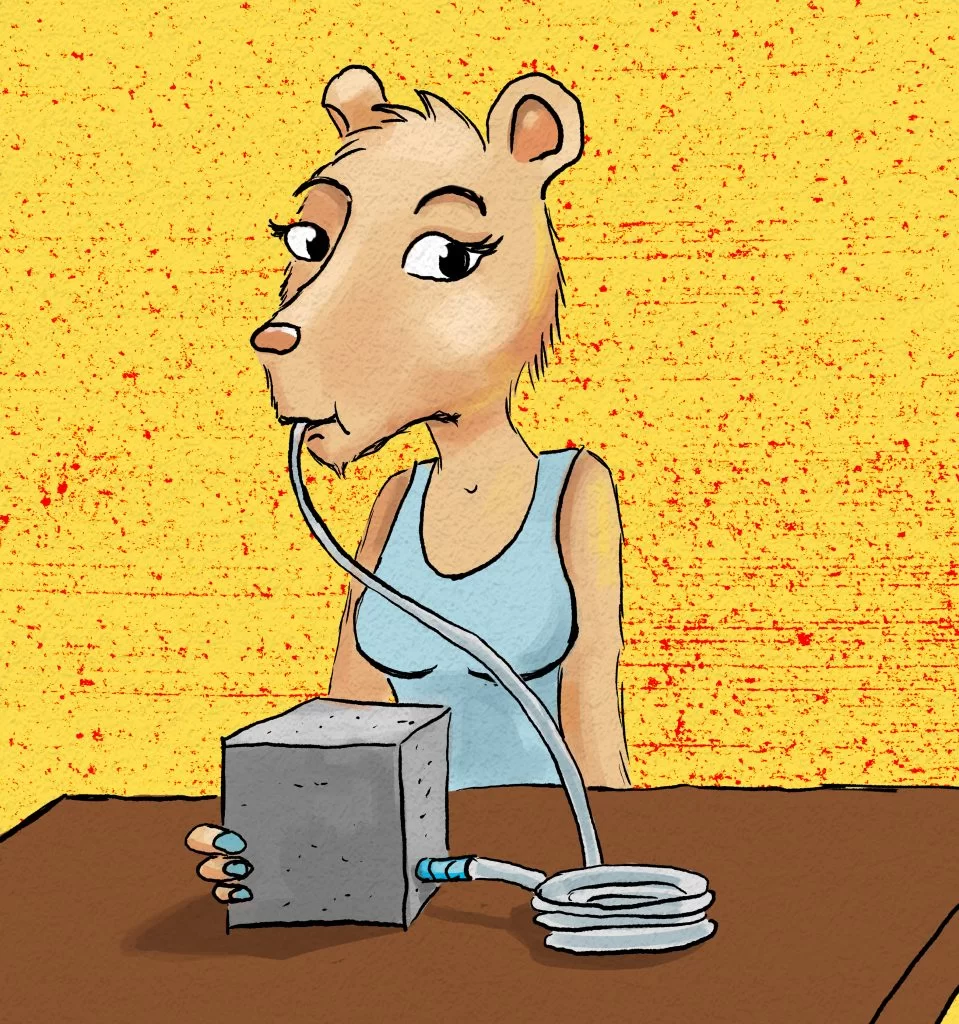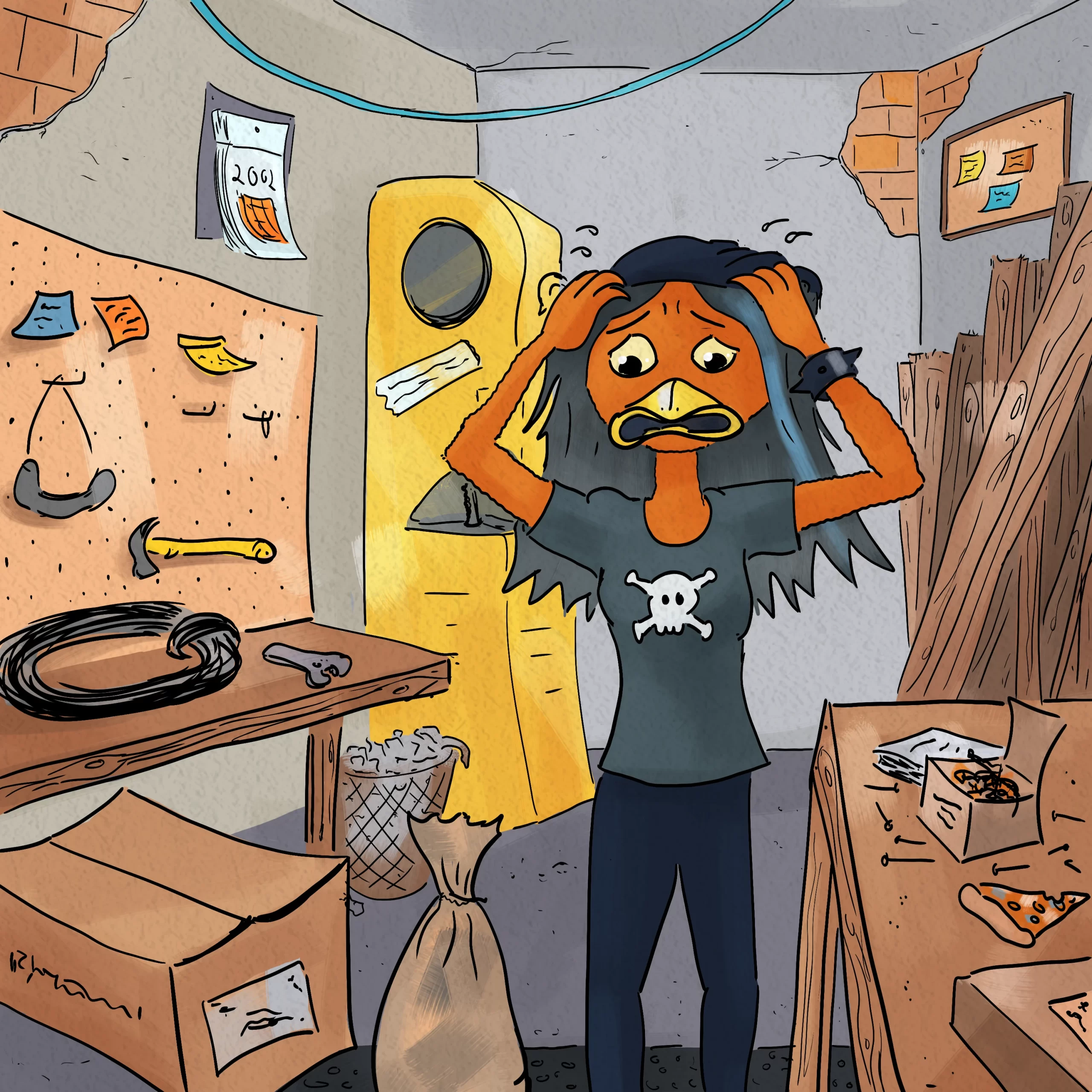
Materials Selection Introduction
You’ve got a great idea for a new product. Now, what material will you make it out of? If you’re like most people, the answer is probably “uh, whatever I have lying around,” “something that looks interesting,” “something cheap,” or “something I already know how to work with.” All valid considerations, to be sure! But there are other important things (like Materials Properties) that you need to think about.
Would you like an easy strategy for choosing the best material for your OUTSTANDING new product? Well, you’re in the right place. In this article, we’ll talk about how you can win at materials selection.
Meet Princess Capybara. She molds things out of concrete in her workshop. Her newest product is Secret Wine GlassesTM

Why did she choose concrete for the Secret Wine GlassesTM? Several reasons, but this week we’ll just look at two: Materials Properties and Cultural Perceptions
What the heck are those? Glad you asked 😉
Materials Properties Inform Materials Selection
Materials properties are just what they sound like: properties of a specific material.
Here are some examples:
- Density
- Electrical conductivity
- Strength in different directions.
Materials properties are intensive, meaning they don’t depend on the shape or size of the sample being tested. And the important ones have been tested (for common materials) in controlled settings in academic and industrial labs.
So you can look at a list of the properties of the commonly-tested material, make a list of the properties that will be important for your specific application, and look up which materials perform best in that property!
Here’s a school’s page that offers simple definitions of some common materials properties:
If you’re ready for the “full detail” on materials properties, check out Matweb.
And if you want a little more context on how to think about materials and materials properties, specifically for plastics, check out my short guide book How to Pick a Plastic which features comic illustrations, fun characters, and isn’t overly technical.
(That link is for Amazon.com but it’s also available at other stores as well as internationally.)
So anyway, Materials Properties
Concrete is very strong in a property called compressive strength.

Concrete’s high compressive strength is one reason it’s often used for things that withstand a lot of these “pushing” forces – think bridges, buildings, and sidewalks.
But that’s not why Princess Capybara chose concrete for her Secret Wine GlassesTM. She chose concrete for its optical properties. See, glass as a material has the property of being transparent (meaning, you can see through it.) That wouldn’t do for the Secret Wine GlassesTM, because the Princess likes red wine.
Concrete is opaque, meaning you can’t see through it. If people don’t see the burgundy-colored liquid, they are MUCH less likely to suspect wine consumption.
Ok, so what about cultural perceptions?
Most people make wine glasses out of glass (hence the name “glasses”!) So if you want to make a secret wine glass, it’s better to make it out of an unexpected material and in an unexpected shape.

Weekly Challenge
Next time you’re designing a product, use materials properties to help you choose the right material. And don’t forget to factor in cultural perceptions too – because sometimes the very thing that makes your product unique could be using an unexpected material!




